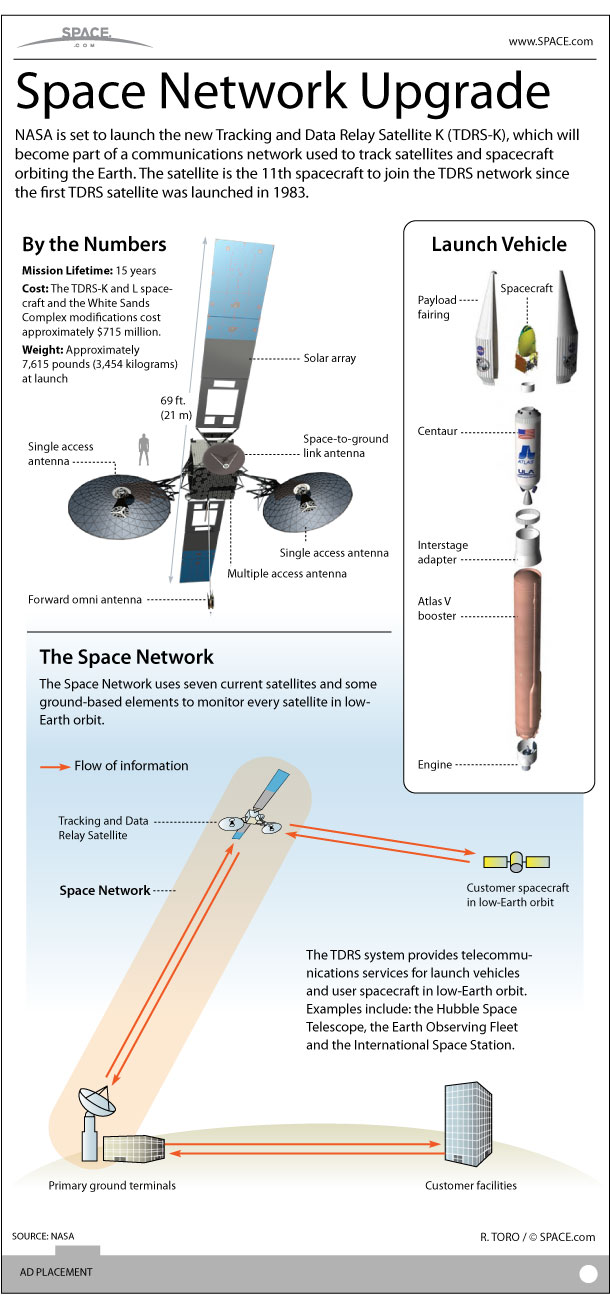NASA participated in the inauguration of President Obama on Jan. 21 in Washington, D.C., with two floats and marchers in the inaugural parade:-- Full-size models of the Curiosity
Mars rover and Orion, the multi-purpose capsule that will take our astronauts farther into space than ever.
NASA showed off the future of human space exploration and a current robotic success story during Monday's Inaugural Parade in Washington, D.C.
Members of the Curiosity team walked beside a full-sized model of the Mars rover on Red Planet-themed float, while current and former astronauts accompanied an Orion capsule, which will take humans farther from Earth than ever before.

